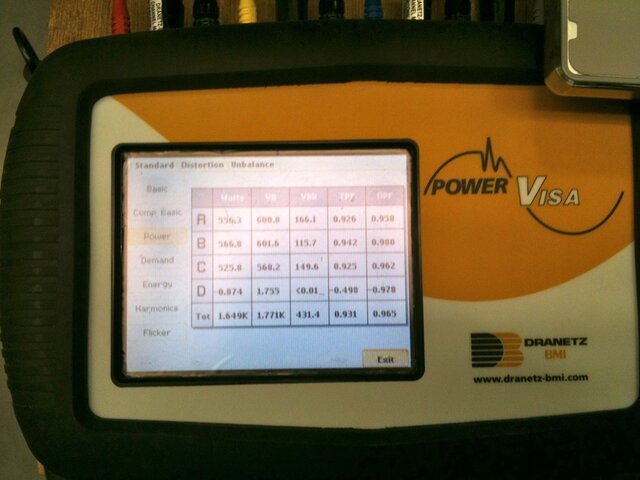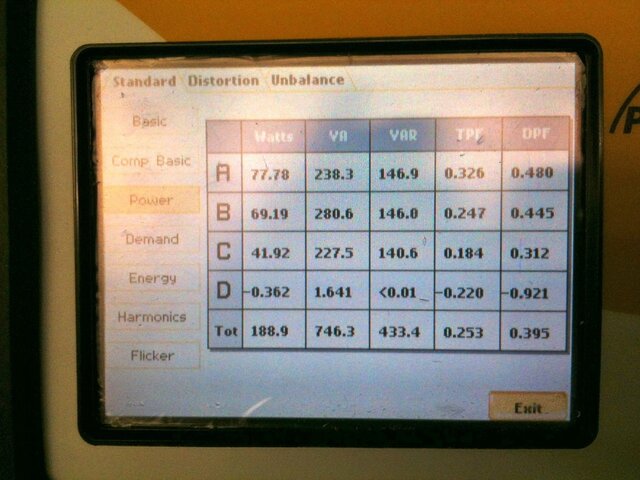epimetheus
Well-Known Member
Re: Experience with Philips Ambient LED in the home
I did set this up last night, but I quickly realized that the Kill A Watt meter that I have is powered off the circuit that it is measuring. The meter didn't come on until I had the dimmer up to about 30%. This makes me seriously question the accuracy of any reading that it showed. For the record, the Kill A Watt didn't show a PF lower than 0.9 throughout the part of the dimmer range that it was actually powered. I still don't think that is a definitive result since the Kill A Watt is not designed to accurately measure this type of load.
I might investigate further but I don't have a power analyzer that would make this easy.
I did set this up last night, but I quickly realized that the Kill A Watt meter that I have is powered off the circuit that it is measuring. The meter didn't come on until I had the dimmer up to about 30%. This makes me seriously question the accuracy of any reading that it showed. For the record, the Kill A Watt didn't show a PF lower than 0.9 throughout the part of the dimmer range that it was actually powered. I still don't think that is a definitive result since the Kill A Watt is not designed to accurately measure this type of load.
I might investigate further but I don't have a power analyzer that would make this easy.




